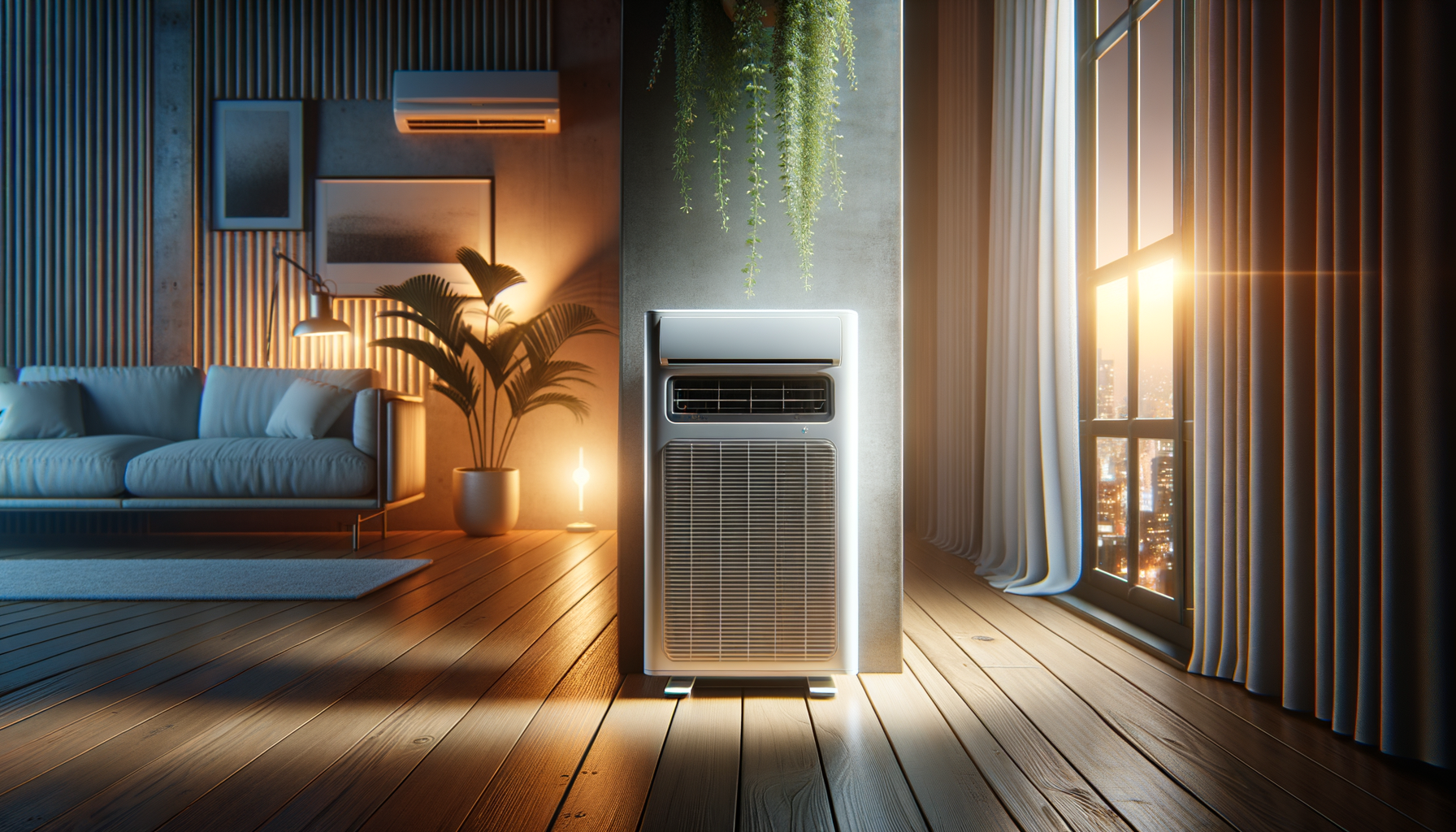Introduction to Ductless Air Conditioners
Ductless air conditioner units, often referred to as mini-split systems, have revolutionized the way we think about cooling our homes. Unlike traditional central air systems that require extensive ductwork, ductless systems provide a flexible and efficient alternative. These units are particularly beneficial for homes without existing ductwork, offering a solution that is both cost-effective and minimally invasive in terms of installation. With their sleek design and quiet operation, ductless air conditioners are becoming increasingly popular in both residential and commercial settings.
One of the main advantages of ductless systems is their ability to provide targeted cooling. This means you can adjust the temperature in individual rooms or zones, leading to more personalized comfort and energy savings. As energy efficiency becomes a priority for many homeowners, ductless systems stand out as a compelling option. They not only help reduce energy consumption but also lower utility bills, making them a smart investment for the environmentally conscious consumer.
Energy-Efficient Cooling Solutions
Energy efficiency is a key consideration when choosing a cooling system, and ductless air conditioners excel in this area. These systems use inverter technology, which allows the compressor to adjust its speed based on the cooling needs of the space. This results in significant energy savings compared to traditional systems that operate at full capacity even when it’s not necessary. By running at lower speeds, ductless systems consume less electricity, which is both eco-friendly and cost-effective.
Furthermore, ductless systems eliminate the energy losses associated with ductwork. In a typical central air system, energy can be lost through leaks or poor insulation in the ducts. By bypassing this issue entirely, ductless systems ensure that nearly all the energy used goes directly into cooling your space. This efficiency translates to lower carbon footprints and reduced energy bills, aligning with the growing trend of sustainable living.
- Inverter technology for variable speed operation
- Elimination of duct-related energy losses
- Lower electricity consumption and utility costs
The Mechanics of Mini-Split AC Systems
Mini-split AC systems consist of two main components: an outdoor compressor/condenser and one or more indoor air-handling units. These components are connected by a conduit, which houses the power cable, refrigerant tubing, suction tubing, and a condensate drain. The absence of ductwork simplifies the installation process, making it less disruptive and more affordable than installing a central air system.
Each indoor unit is designed to cool a specific zone, allowing for precise temperature control in different areas of the home. This zonal cooling capability is one of the standout features of mini-split systems, enabling homeowners to cool only the rooms that are in use. This targeted approach not only enhances comfort but also contributes to energy savings.
Installation flexibility is another advantage of mini-split systems. The indoor units can be mounted on walls, suspended from ceilings, or even floor-standing, depending on the layout and design preferences of the space. This versatility makes mini-split systems suitable for a variety of applications, from single-room additions to entire home cooling solutions.
Comparing Ductless Systems to Traditional HVAC
When deciding between ductless systems and traditional HVAC, several factors come into play. Traditional HVAC systems are often preferred for their ability to cool large spaces uniformly. However, they require extensive ductwork, which can be costly and time-consuming to install, especially in older homes without existing ducts.
Ductless systems, on the other hand, offer a more flexible and energy-efficient alternative. They are ideal for homes with specific cooling needs, such as those with multiple floors or rooms that are not frequently used. The ability to control the temperature in individual zones can lead to significant energy savings, as you are not cooling unused spaces.
Another consideration is the installation process. Ductless systems are generally quicker and less invasive to install, as they do not require ductwork. This makes them a practical choice for renovations or retrofits where adding ducts would be impractical or too expensive.
- Flexibility in installation and design
- Energy savings through zonal cooling
- Reduced installation time and cost
Conclusion: Is a Ductless System Right for You?
Choosing the right cooling system for your home depends on various factors, including your budget, the layout of your home, and your specific cooling needs. Ductless air conditioner units offer a compelling solution for those seeking energy-efficient cooling without the need for major renovations. Their ability to provide targeted comfort, combined with their ease of installation and modern design, make them an attractive option for many homeowners.
Whether you’re upgrading a single room or considering a whole-home solution, ductless systems provide the flexibility and efficiency needed to stay comfortable while keeping energy costs in check. As energy efficiency and sustainability become increasingly important, ductless systems are well-positioned to meet the demands of the modern consumer.
In conclusion, if you’re looking for a quiet, efficient, and flexible cooling solution, a ductless air conditioner could be the perfect fit for your home.



Leave a Reply